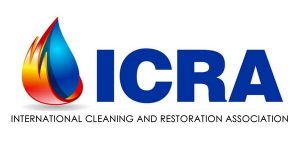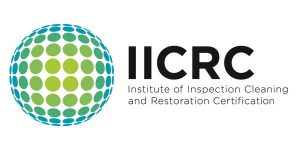
Most recently built homes in the area are built with a concrete slab as both the floor and foundation. They can suffer from water damage to flooring and lower parts of the structure if there’s a plumbing slab-leak underneath. But many, especially older homes, have a foot or more crawl-space between the interior floor and the ground. That offers “easy” access to any under-floor plumbing and other utilities, but it has its own water damage risks.
What’s Normal?
Most homeowners rarely, if ever, take a look into the crawlspace so there can be serious damage before they notice any problem. So it’s a good idea to take a look at water and dampness every few months. You might catch a plumbing leak or even spot insects, rodents, or other pests.
A little water or dampness right after a rainstorm normal, but nothing should linger more than a few days. If it does you’re likely to have trouble sooner or later.
Water Damage
A damp crawl space can lead to anything from a little mold to structural damage. Pooling water or just damp soil raises the humidity in the crawl space and can lead to water-damage problems within that space and in the rooms above.
- Mold shouldn’t be tolerated anywhere in the home. Even if it’s under the floor spores, allergens, and toxins make their way into the living space.
- With high enough humidity hardwood floors can cup or even warp and buckle. Drywall can be damaged, and mold is more likely to grow inside the home, often hidden within the structure.
- Floor joists and other exposed wood can develop bacteria and even rot.
- Dampness also attracts insects and other pests.
This is serious enough that a moisture problem in the crawlspace is enough to keep any house being sold or bought from passing inspection.
Did you know? In older buildings that have never been modernized as much as half the indoor air may have come via a crawl space or basement.
Where’s That Water Coming From?
The two most likely sources are plumbing leaks and rainwater. Even long after any rain groundwater can seep to the surface underneath a building. Less likely sources include sprinklers spraying through vents and condensation on cold services. There’s also a remote possibility that a roof leak has made its way down inside a wall. And that’s likely to mean serious hidden water damage all along the way.
Remedy
The first step is, as always, to stop the source if it’s a plumbing leak. Then drain or pump out any standing water, and finally ventilate the space.
You may want to take care of this yourself. But except for minor problems with immediate remediation success, calling in a water damage restoration expert is a good assurance that things won’t get terribly worse. And if the problem is a sewer line leak professional services are an absolute must. Most likely it will be necessary to use negative-pressure ventilation together with personal protection gear, disinfection, and soil treatments.
Tip 1: If there are only small puddles they can be dried with old towels or newspaper. But afterward, those materials must be thrown away — those puddles were teeming with bacteria after just a day or two.
Tip 2: Drying is likely to require more than opening an access door. Strong blowers and possibly even making other openings are needed to get enough ventilation to dry things out before damage sets in.
Tip 3: If water was coming from a natural source, consider installing a sump pump or water alarm. In some situations, it’s appropriate to install a thick plastic barrier or “encapsulate” the soil. Consult a professional for advice.
Repairs
Finally, you’ll need to repair that water damage — replacing wood, drywall, and other materials to restore structural strength and appearances. Hardwood floors can often be rescued by special drying mats followed by sanding and re-finishing. But all materials infested with mold must be removed and replaced. In some situations, the carpet might be salvageable, but padding should always be discarded.
Insurance
Will clean-up, drying, and repairs are covered by insurance? Like most other water damage restoration it depends on the source of the water. If it’s from a sudden pipe failure you’re probably covered. Otherwise, it’s unlikely a claim would be approved unless you have flood insurance in addition to a regular homeowner’s policy.









